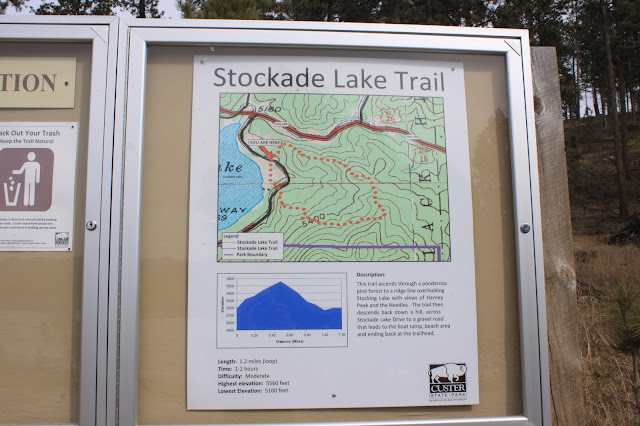Wyoming is a new outdoor playground for our family. Missing the big mountains and desert valleys of Nevada, we choose to travel through the Big Horn Mountains and explore Big Horn Basin. First stop was Medicine Lodge Archaeological State Park located outside of Hyattville and north of Hwy 16. The park has numerous lush campgrounds along a creek. The main attraction is a cliff of petroglyphs and excavation site that uncovered artifacts from up to 12,000 years ago.

Here is a view of some of the petroglyphs, people with round bodies.
These historic cabins are open and offer interpretation of wildlife, vegetation, ecosystems, archaeology and geology.
This short, shaded nature trail travels from the petroglyphs to the cabins,over the creek and ends at the outcrop below. The creek was swollen and moving rapidly.
After exploring the State park we headed off to find the dinosaur track site and found that it was located on an unpaved scenic route called Red Gulch Byway. This route is over 30 miles long and in decent condition for high clearance vehicles and many passenger cars. There were some spots that could be very muddy with recent precipitation. If taking this route, bring food, water, a detailed map, and anything you might need if you become stranded.
The route twisted and turned through spring wildflowers and past beautiful canyons. This photos shows the eastern edge of the Big Horn Mountains and a sharp fold in the carbonate rocks, Big Horn Dolomite and Madison Limestone.
The dinosaur track site is located at the end of the byway near Hwy 14. The site is nicely developed by the BLM with a vault toilet, shaded picnic area, interpretive signs and shaded viewing area.
The track site can be viewed from above or you can walk along the outcrop.
The shaded viewing area is a nice break from the sun.
Ripple marks and a track.
Multiple tracks walking away.
Multiple tracks and a tiny descendant.





















































